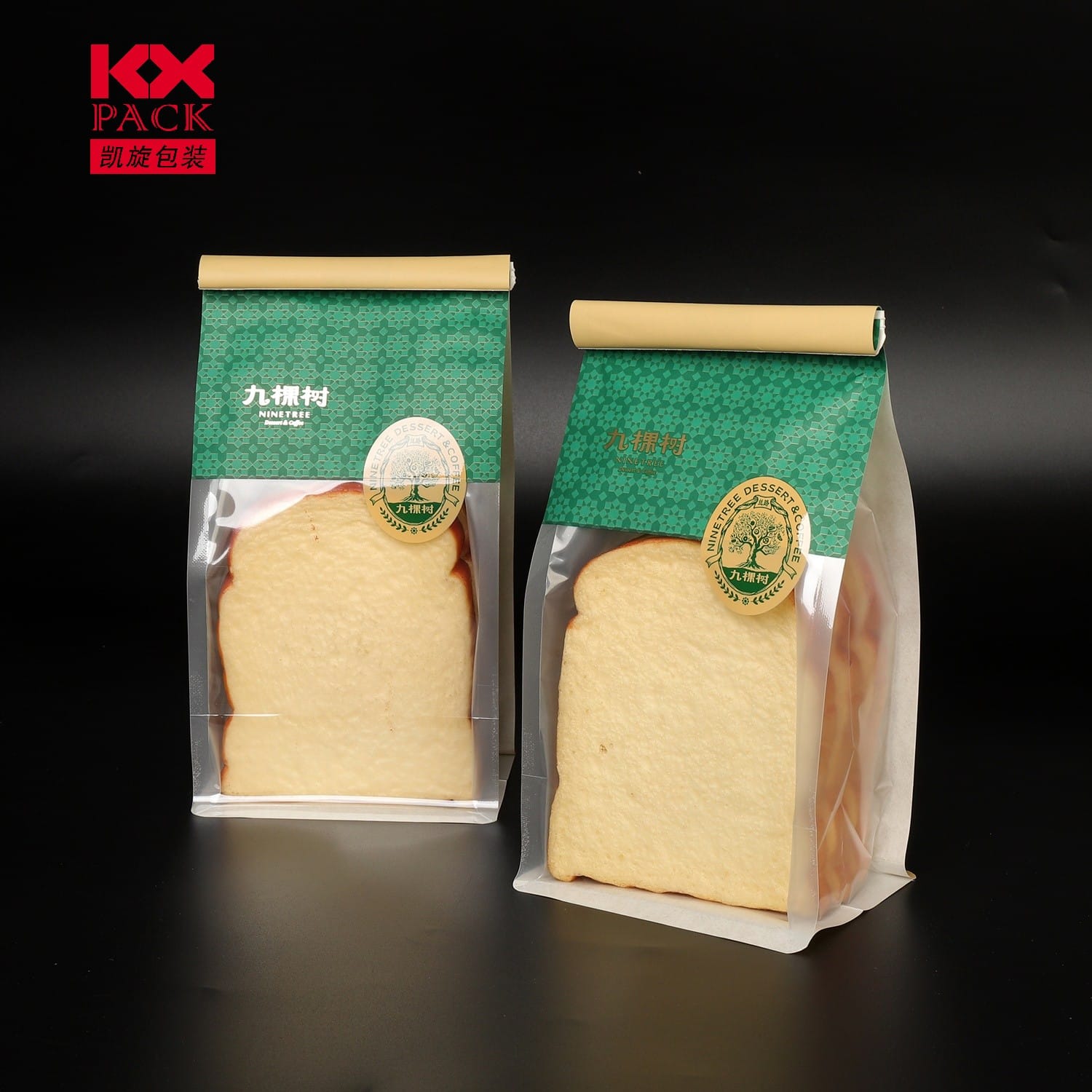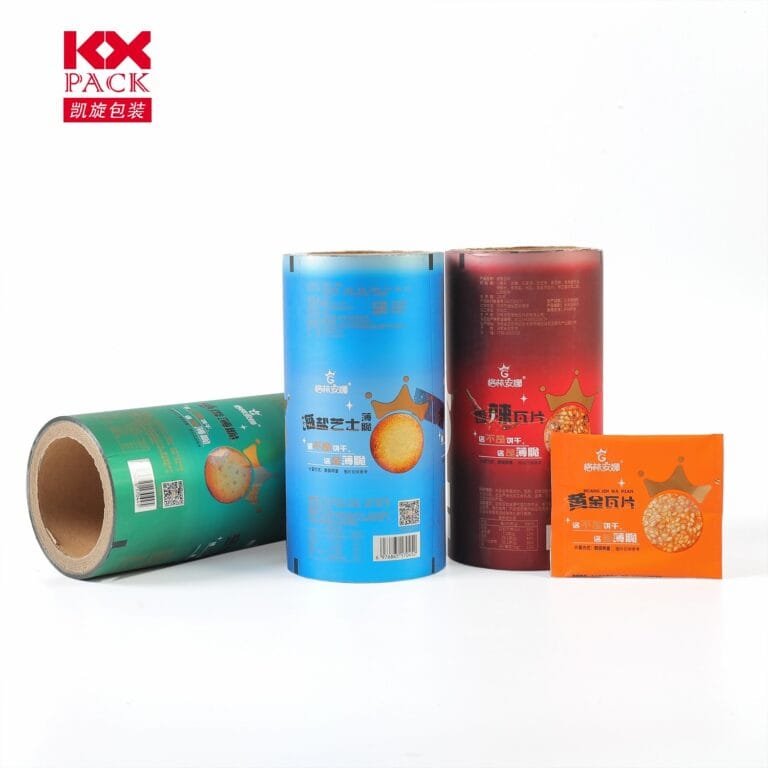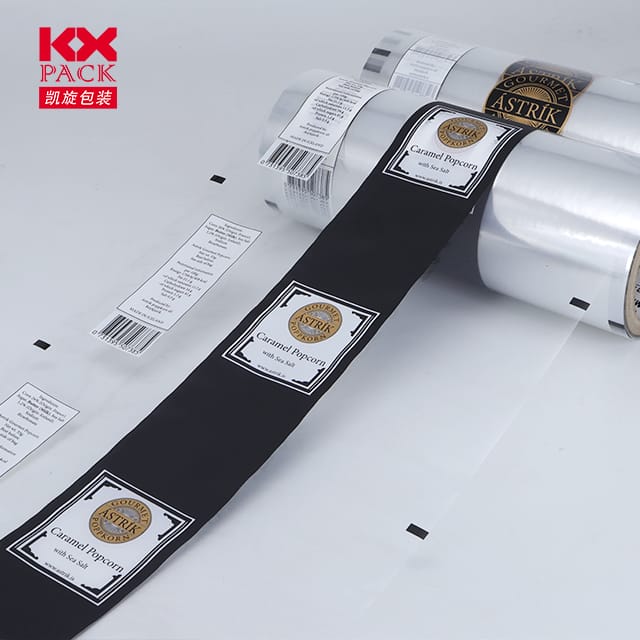Еволуција и утицај флексибилних филмова у паковању хране
Флексибилни филмови
In the dynamic world of food packaging, Флексибилни филмови појавили су се као мењач игара, Револуционисање како се производи сачувају, представљен, и превезени. Комбиновање иновација са одрживошћу, ове лаган, Прилагодљиви материјали се преобликовају индустрију, а решавање растућих потреба потрошача за практичност и еко-свесни решења.
Који су флексибилни филмови?
Флексибилан филм је танљив, pliable sheets made from polymers like polyethylene (ПЕ), полипропилен (ПП), полиестер (КУЋНИ ЉУБИМАЦ), or biodegradable alternatives such as polylactic acid (Плашт). Designed to conform to product shapes, they offer versatility unmatched by rigid packaging. Common applications include pouches, омотач, lids, and bags for snacks, свежи производ, dairy, and ready-to-eat meals.
Key Advantages of Flexible Films
- Побољшана заштита производа
Flexible films create airtight barriers against moisture, кисеоника, и светлост, extending shelf life and reducing food waste. Advanced multilayer structures can incorporate oxygen scavengers or UV filters for superior preservation. - Sustainability Benefits
Compared to traditional materials, flexible films require fewer resources to produce and transport, смањење угљеничних отисака. Many are now recyclable or compostable, aligning with global circular economy goals. На пример, Dow’s RecycleReady technology enables recyclable pouches, while companies like TIPA® offer certified compostable films. - Cost-Efficiency and Convenience
Lightweight and space-saving, flexible films reduce storage and shipping costs. Their resealable designs—like zippers or spouts—enhance user experience, catering to on-the-go lifestyles. - Branding and Shelf Appeal
High-definition printing capabilities allow vibrant, customizable designs, helping brands stand out in competitive retail environments.
Challenges and Innovations
Despite their benefits, flexible films face hurdles:
- Инфраструктура за рециклажу: Single-material films are easier to recycle, but multilayer variants (common in high-barrier packaging) remain problematic.
- Material Complexity: Balancing performance with eco-friendliness requires ongoing R&Д.
Innovations Driving Change:
- Biodegradable Polymers: Materials derived from corn starch or sugarcane are gaining traction.
- Chemical Recycling: Breakthroughs like enzymatic degradation promise to recycle mixed-material films.
- Паметно паковање: Integration of sensors to monitor freshness or RFID tags for supply chain transparency.
The Future of Flexible Films
The market for flexible food packaging is projected to grow at aЦАГР оф 5.2% кроз 2030 (Grand View Research), подстакнут:
- Rising e-commerce: Demand for durable, lightweight shipping materials.
- Health-Conscious Consumers: Preferences for hygienic, single-serve portions.
- Regulatory Pressures: Stricter bans on single-use plastics are accelerating adoption of sustainable alternatives.
Закључак
Flexible films represent a bridge between functionality and environmental responsibility. Како технолошка напредује, their role in reducing waste, enhancing food safety, and delighting consumers will only expand. Brands that embrace these materials today are not just staying ahead—they’re contributing to a healthier planet.
Позив на акцију:
Are you ready to explore flexible packaging solutions for your brand? Share your thoughts or questions in the comments below—let’s discuss how innovation can meet sustainability in the food industry!
Word count: ~550
Кључне речи: Флексибилни филмови, food packaging, одрживост, иновативност, рециклажа






